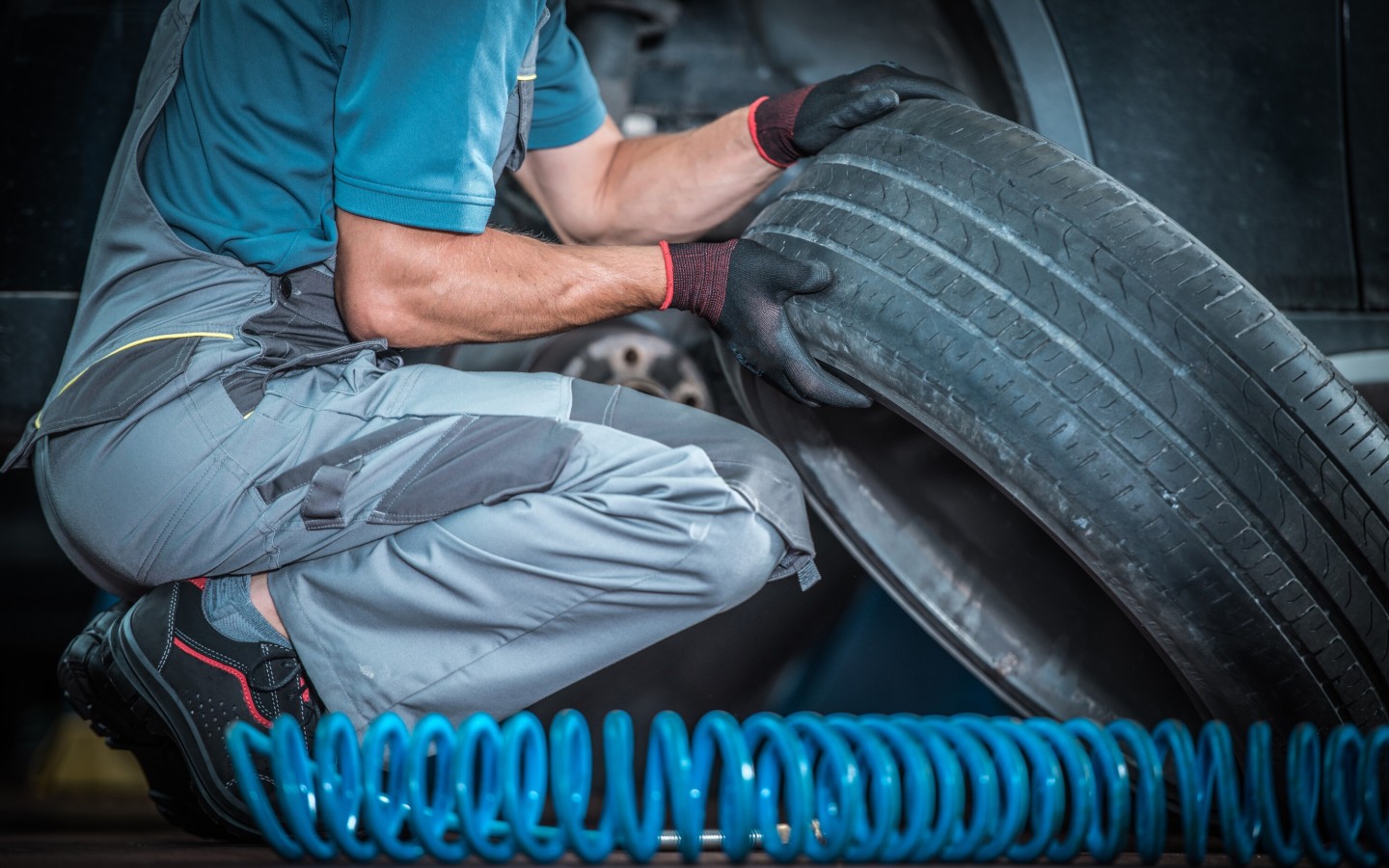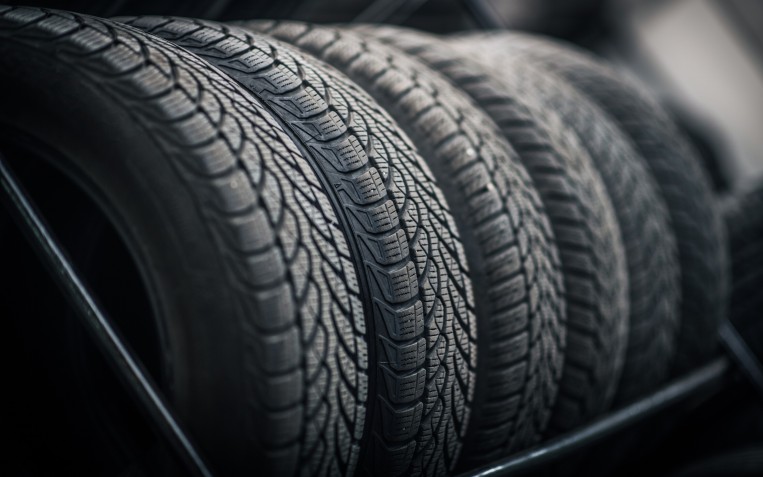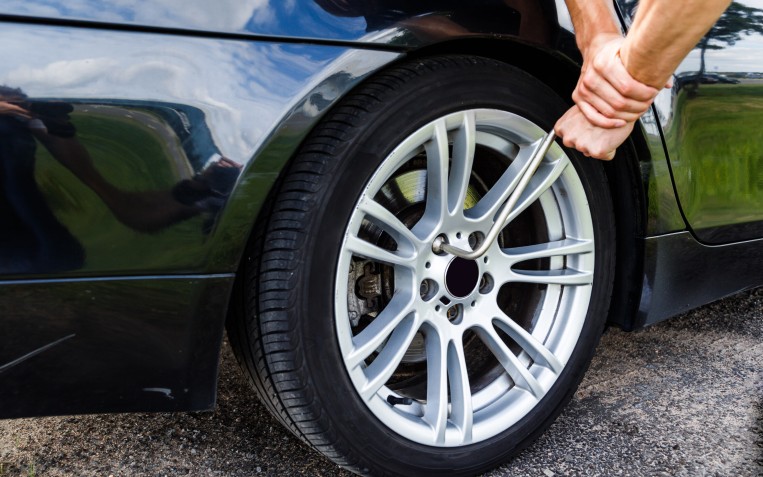What do different tyre tread patterns mean?

The tyre tread is the part of your tyre that makes direct contact with the surface of the road. Tyres have different types of tread patterns that can influence tyre wear, noise level, fuel consumption rate, driving comfort and handling traction – which is why we recommend you consider the tread pattern before you purchase new tyres.
Are tyre tread patterns important?
Different tyres have a variety of tread patterns that include grooves, sipes, tread blocks and ribs that are grouped in unique patterns to adjust a tyres performance. Manufacturers develop tread patterns based on specific driving requirements such as wet braking, dry handling, aquaplaning resistance and traction on snow or ice. The choice of tyre tread can affect the handling of the vehicle as well as the properties of the specific tyres.
What are the different parts to a tyres tread?
- Grooves – these are the deep channels that run through the entire tyre. They can impact noise levels as well as improve steerability of the tyre and the effectiveness of braking.
- Sipes – these are small, thin slots that are formed into the tread blocks. They improve the tyre’s traction on wet surfaces and snow by directing water from underneath the tyre to help build resistance against
- Tread blocks – these are the raised rubber sections that make direct contact with the road.
- Ribs – these are made up of tread blocks that are the raised segments of a tread pattern.
Can you mix tread patterns?
We recommend that you avoid mixing tyre tread patterns as it could be dangerous to do so. You should avoid mixing different tyre brands, types or sizes of a tyre for any vehicle and aim to replace tyres in pairs rather than replacing a single tyre, as it is much safer. To maintain optimal performance, we recommend you source the identical make and model of the tyre to the ones your vehicle already has.
Different types of tyre tread patterns
There are many different tyres and tread patterns available on the market, however there are three essential patterns used in tread designs. The three types include directional, asymmetrical and symmetrical.
Directional tread
Direction tread patterns provide extra traction, making handling greater on snow and mud as the pattern is created to roll forward in one direction only. The pattern consists of horizontal grooves arranged at the same angle on the other side of the tyre to resemble the shape of an arrowhead in a V-shaped format. The V-shaped grooves make the tyres more susceptible to resisting aquaplaning at higher speeds, making them ideal for high-performance sports vehicles. As directional tyres can only be rotated vertically, the pattern could be deemed useless if the pattern is positioned in the wrong direction when fitted to the wheel.
Asymmetrical tread
This tread pattern incorporates two designs on the outer and inner half, both of which serve a different purpose. The inner tread displaces water to prevent aquaplaning and the outer half helps the tyre grip the road better on dry surfaces or around corners and offers less interior noise. Key features include better handling and curve stability, ideal for high-performance cars – though similarly to the directional tread pattern, more care is required when rotating tyres.
Symmetrical tread
Symmetrical tread patterns are the most common type for passenger cars. Key features include low rolling resistance, smooth driving, fuel efficient, long-lasting and provide less noise. They offer the most flexibility for tyre rotation, without compromising day-to-day performance. Though symmetrical patterns provide steady grip on dry roads, they aren’t as effective in wet conditions - making them less adaptable to changing conditions on the road.
If you require more guidance on tyre tread, simply visit your local PTA Garage or contact our friendly team now. Alternatively, if you are looking for the best place to buy tyres online, PTA Garage Services stock a wide range of tyres at great prices – browse online today.
Related Content

Tyre Size Guide
Understanding tyre size Understanding the size of your tyre can be confusing. Typically, you can find the correct tyre size for your vehicle using the registration number with certain suppliers. You can also locate the tyre size range for your...

How to change a tyre
Knowing how to change a tyre is an essential skill - even if you never want to use it! You can save both time and money by learning how to change your...

Summer vs all-season tyres
Naturally, the changing seasons will affect your tyres and should be changed according to suit. Your vehicle will benefit from having tyres that are s...

